Table of Contents
- Understanding the Roles and Contributions
- Parents
- Teachers
- Students
- Different Collaboration Strategies for Parents, Teachers and Students
- Leveraging Digital Tools for Collaboration
- Creating a Supportive Learning Environment
- Enhancing Communication
- Professional Development and Continuous Learning
- Innovative Approaches to Education
- Conclusion
The Educate America Act states that "Every school will promote partnerships that will increase parental involvement and participation in promoting the social, emotional, and academic growth of children”. Different researchers believe that teacher and parent collaboration results in the social and academic growth of children. Also, they believed that if students collaborate with teachers, it can enhance their skills and knowledge.
But, unfortunately, a lot of educational stakeholders are not collaborating or partnering with each other. It is due to the lack of knowledge. So, we are going to discuss different strategies that parents, teachers and students can apply to collaborate.
Understanding the Roles and Contributions
Parents
Parents' role should be more than attending the mandated teacher-parent conference for the success of their kids. They should make sure that their kid gets exposure to two responsible and well-informed adult parties (parents and teachers) to be successful in their lives. For this, parents should communicate with teachers to know the strengths and weaknesses of their children. Together, they should come up with a strategic plan to address weaknesses in their kids and develop various soft skills such as empathy and respect
They should give a positive environment to their kids at home such as providing them a schedule and a specific room or corner for doing homework. Moreover, they should communicate with their kid to know whether they are facing any issues or need any help. They can assist them with homework and should provide them with all the additional resources their kid needs.
Teachers
Marisela Santana is an educator at California State University. She has shared a valuable strategy for teachers to promote collaboration between parents and teachers. She stated that she conducts monthly workshops for parents to give them professional training on how to assist their kids with homework. She sometimes makes the workshop a specific topic based on the needs of the students or at the request of parents. This workshop allows parents to collaborate, get professional development and communicate with teachers openly.
Moreover, teachers should promote collaborative activities in the classroom. Flipped classroom modules and integrating technology in the teaching allow them to communicate and collaborate with children. They should observe their kids to know any behavioral and academic issues they are facing. After that, they should create individualized education plans (IEPs) or behavioral intention plans (BIPs) for their students and discuss them with the parents.
Students
Students should develop self-directed learning habits to collaborate with the teachers. They must do different active learning practices such as time management and spaced repetition to learn effectively. Moreover, they should communicate openly with their parents and teachers if they are facing any issues. They must consume all the resources and apply strategies that their teachers and parents have recommended to them.
Different Collaboration Strategies for Parents, Teachers and Students
Leveraging Digital Tools for Collaboration
All the education stakeholders should use different digital tools for collaboration. Social media, educational software, apps and tools are there to help in collaboration and enhancing the learning environment. Parents can use communication tools such as social media and WhatsApp to communicate with teachers and get all the necessary updates related to their kids. Teachers can use game apps and different educational tools in the classroom to promote learning through games, collaboration and a self-directed approach. Students can use communication tools and productivity apps too.
For example, teachers and students can use Padlet to communicate and foster critical thinking skills in the kids. They can use Zoom or Google Classroom to communicate with parents and to give live online classes to students. Quizizz, Kahoot and Quizlet are gamification apps that can enhance collaboration in the classroom or students can use them for self-directed learning. Various classroom software such as TeacherMatic can be used by teachers to foster productivity and promote communication in the classroom. So, these are different ways of using digital tools for collaboration purposes.
Creating a Supportive Learning Environment
Parents and teachers should set SMART goals for students to help them in achieving their goals. They should keep an eye on their kids to know their behavioral and academic struggles and should provide them with different plans and solutions accordingly.
Teachers should provide all the resources such as educational material to the parents so that they can support their kids at home. Tutors can use technology such as MOOC platforms to give additional support to students in learning and understanding the topics. Moreover, parents and teachers should celebrate students' success and achievements collaboratively so that it could motivate them and bring positive energy to them to achieve their goals.
Enhancing Communication
Educators should give regular updates to parents and vice versa. They should invite parents to discuss different academic decisions such as extra-curricular activities and changes in curriculum. Parent-teacher meetings, calls, emails, messages and online meetings can help in discussing homework and behavioral issues of the kids. Students can also participate in meetings and conferences to communicate their needs. Marisela Santana sometimes held conferences at the request of students so that their needs and issues could also be addressed.
Professional Development and Continuous Learning
A lot of researchers agreed that parent-teacher collaboration is rare because either parents don't have the necessary skills and knowledge about collaboration or teachers don't know how to improve communication in the classroom. For this, they need professional development.
So, institutes should hold different workshops for parents and educators to give them skills and professional training. They should also hold different extracurricular activities for kids so that they can learn teamwork.
Innovative Approaches to Education
There are different innovative education methods that teachers can use in the classroom to enhance peer-to-peer collaboration with their pupils. These methods can also foster communication between teachers and students and can promote self-directed learning in the kids.
These methods are project-based learning, interdisciplinary studies, open-ended discussions, flipped classroom modules and incorporating technology in the teaching. For example, educators can give the project of creating any science project to the students in which they have to form groups and get help from parents. Or, instructors can hold a session of open discussion in the classroom that will give space and time to kids to share their opinions and thoughts about any topic.
Conclusion
In short, collaboration among different educational stakeholders is necessary for the academic success of the kids. This collaboration can prepare students for practical life and can let them flourish in academic life too. There are various collaboration strategies that educational stakeholders can use for collaboration. The educational community can also help them in applying these strategies in the curriculum and classroom. They can take help from different digital tools as they aim to enhance collaboration.







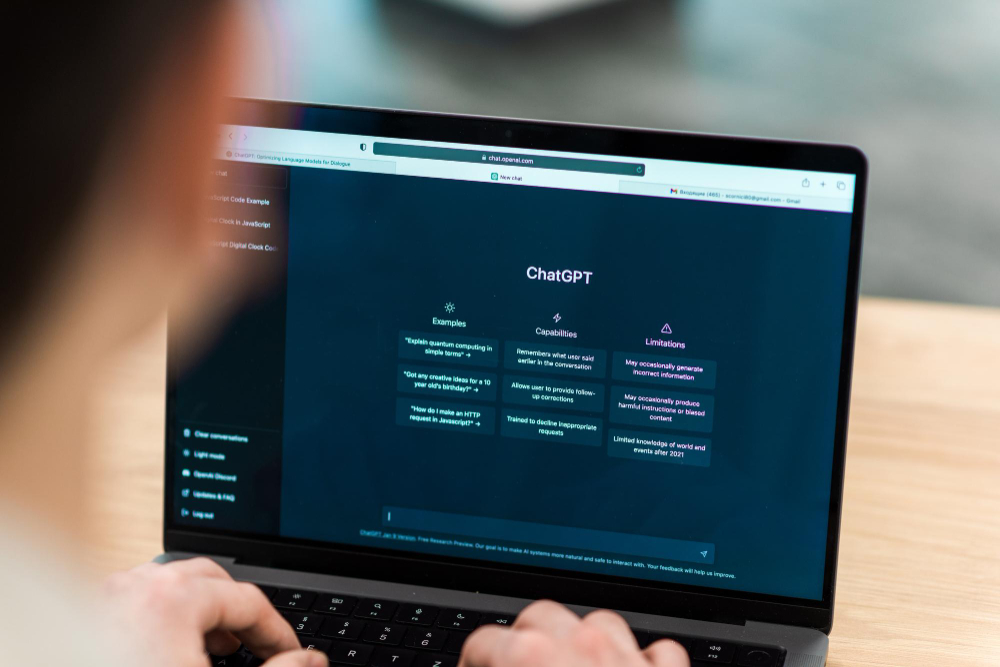




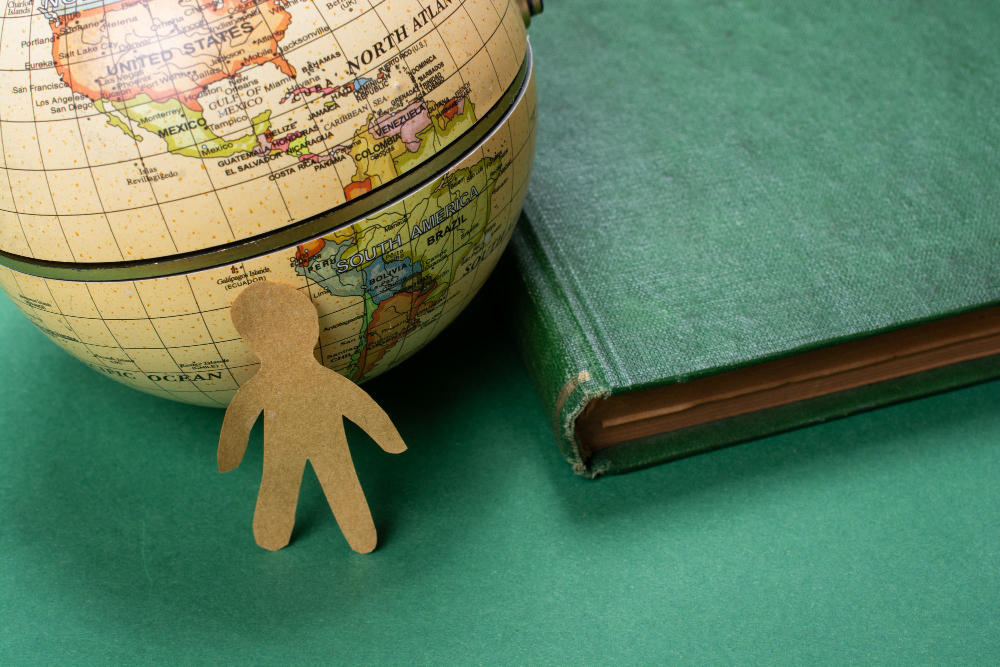

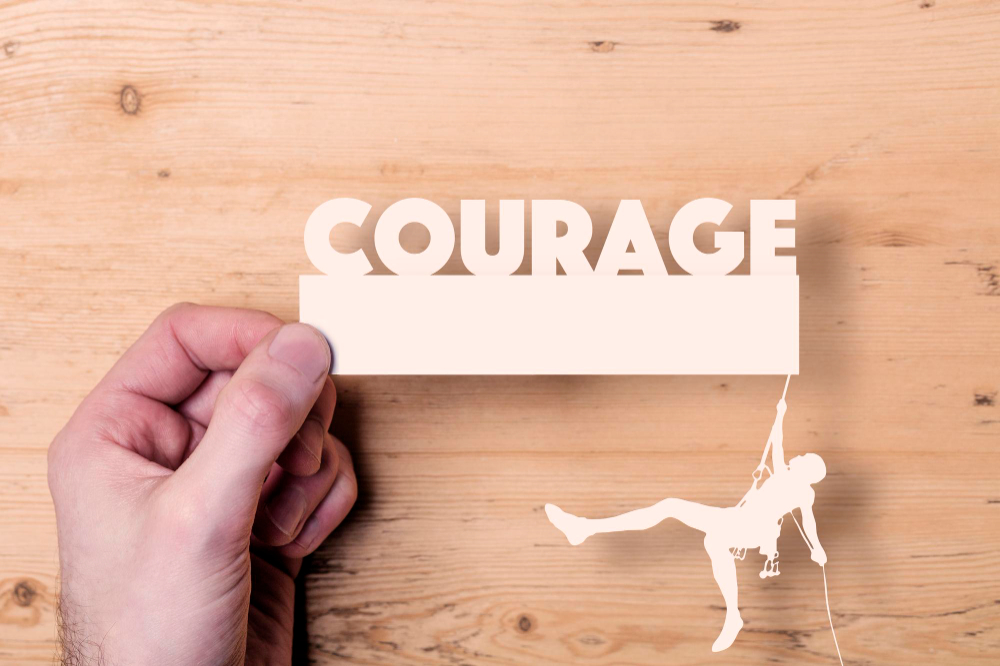

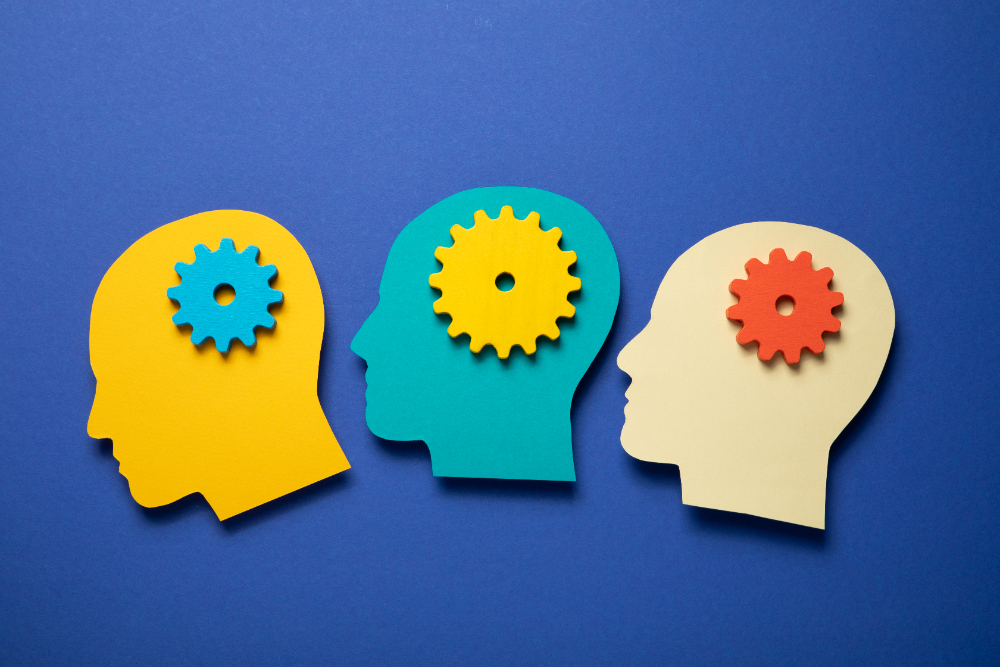
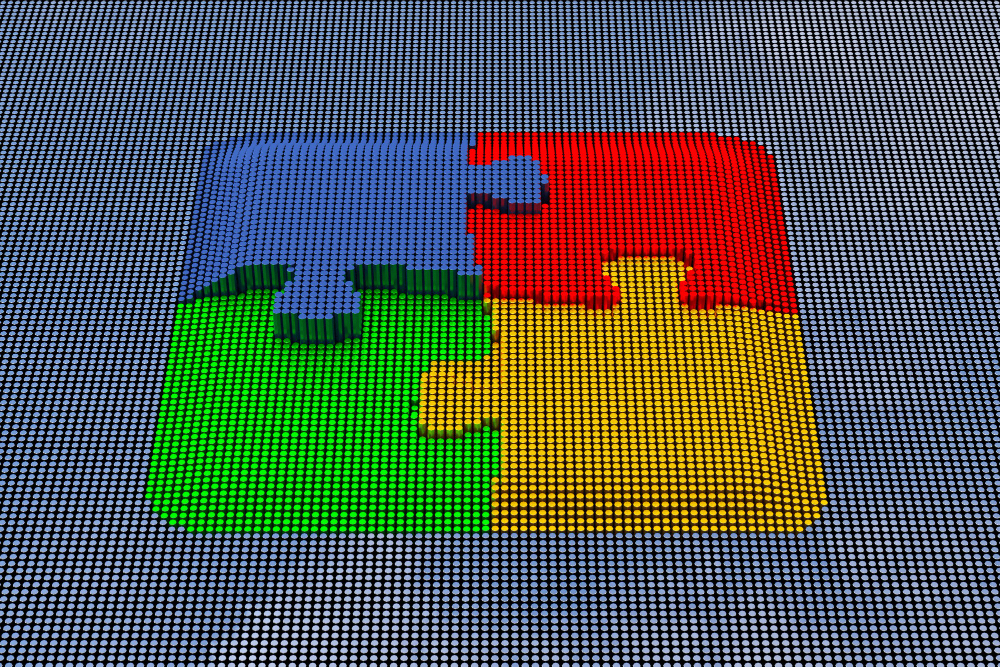
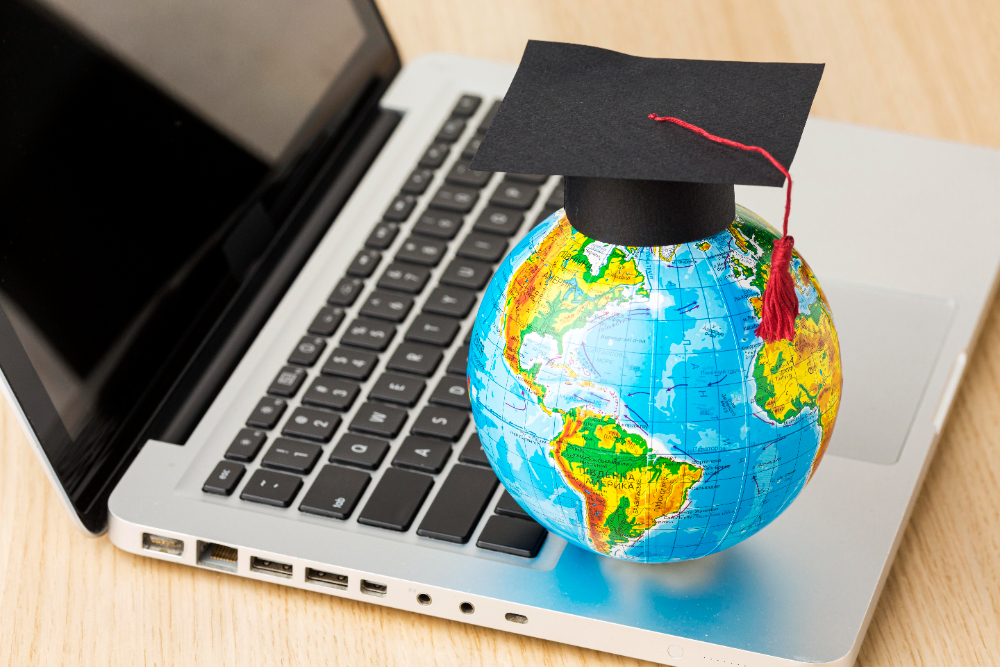



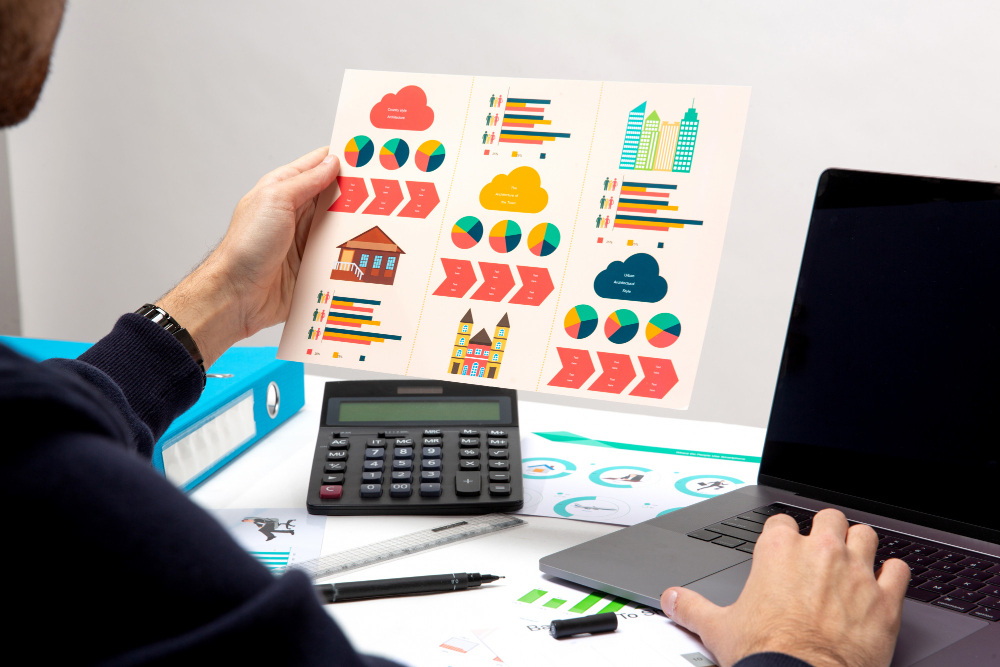
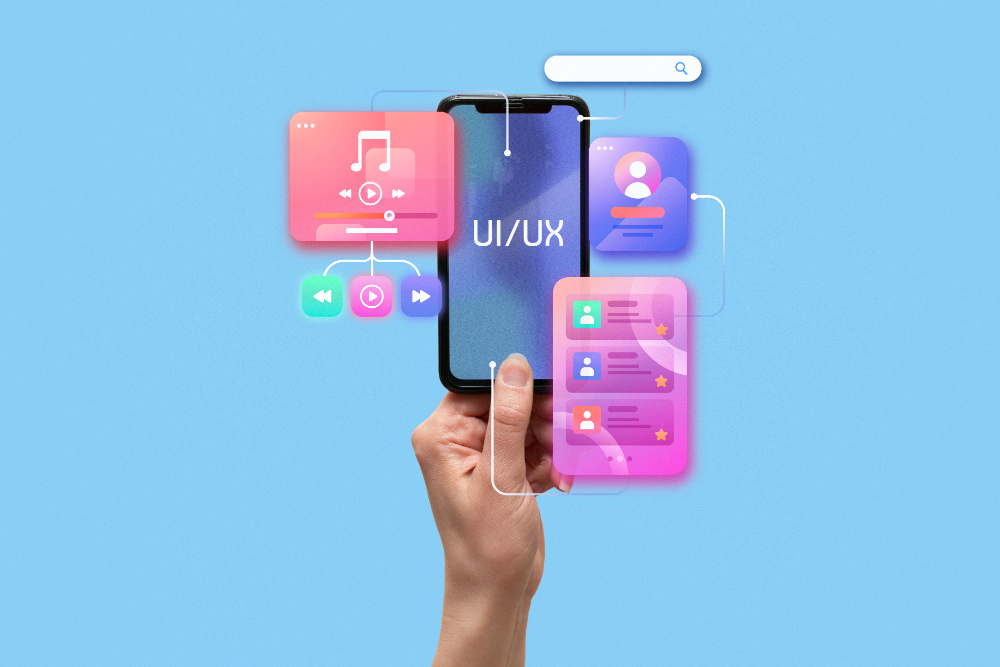
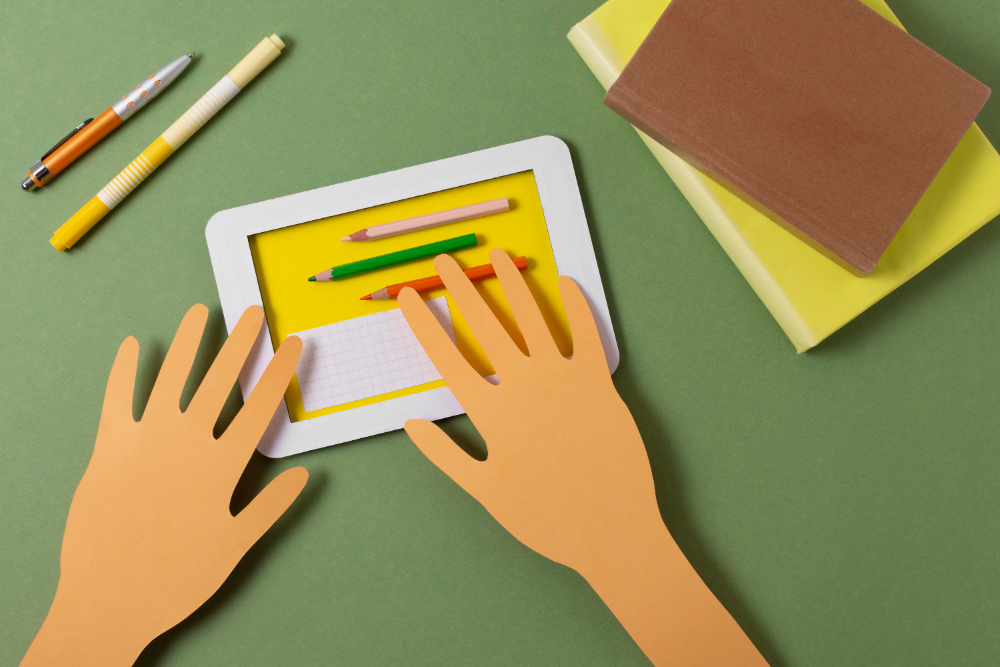
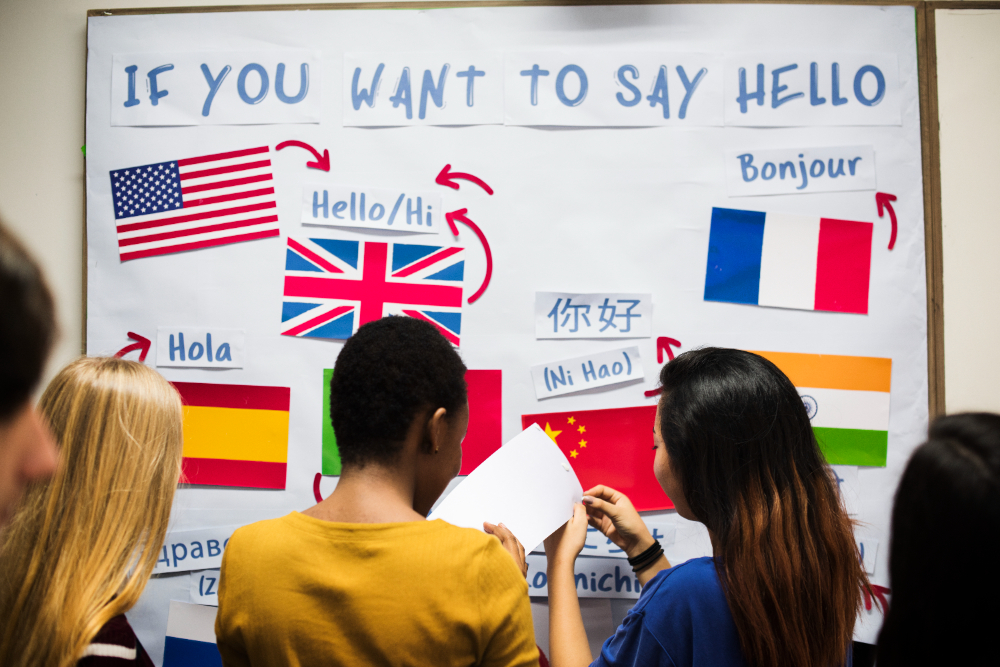

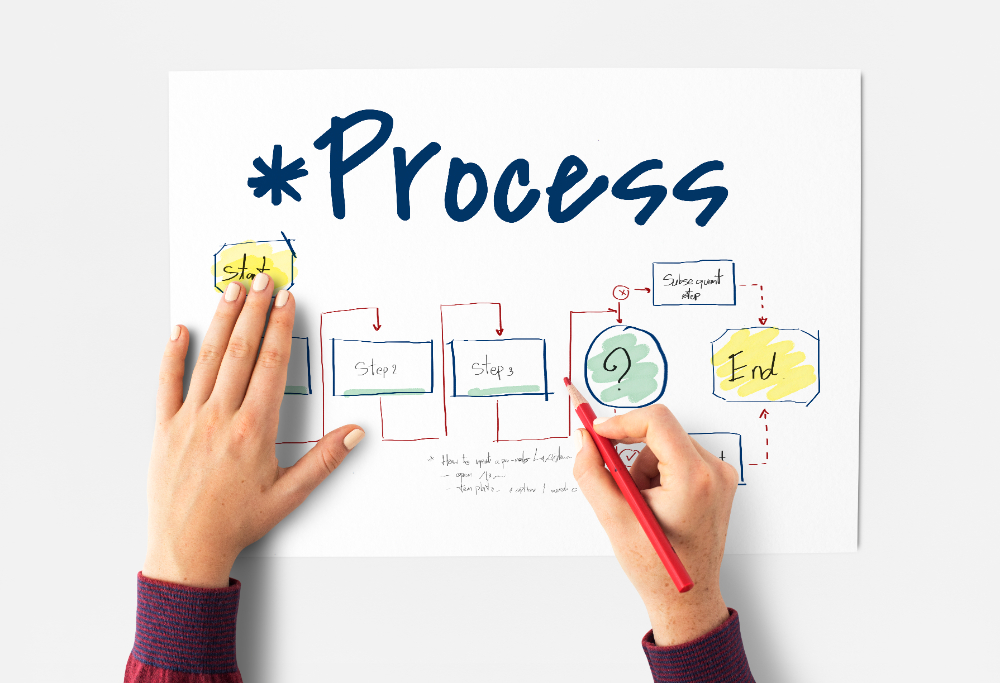


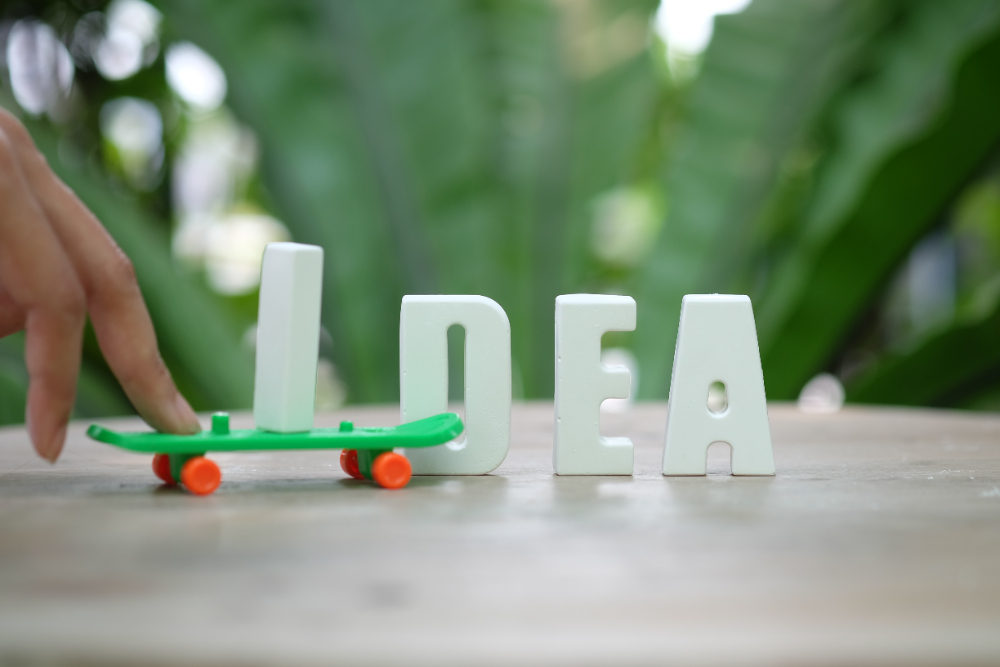
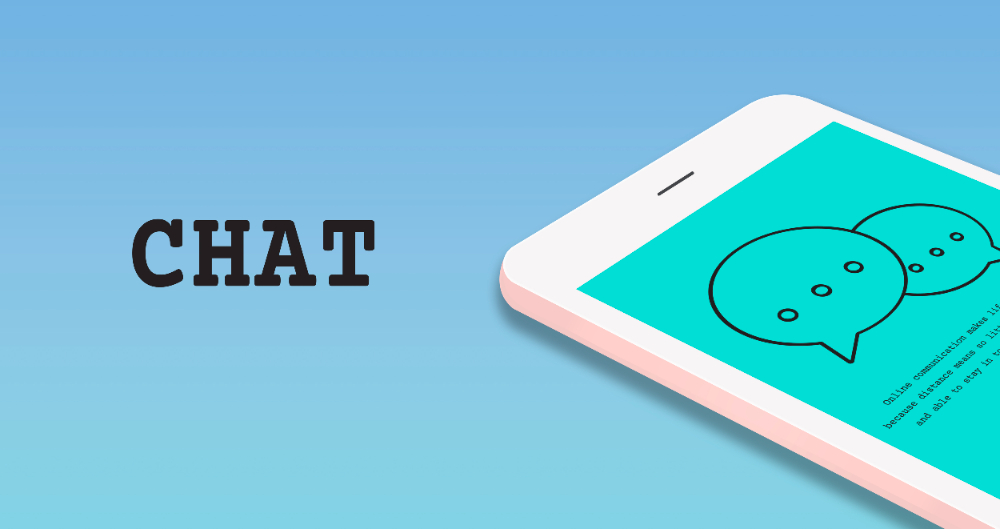

Comments are closed.